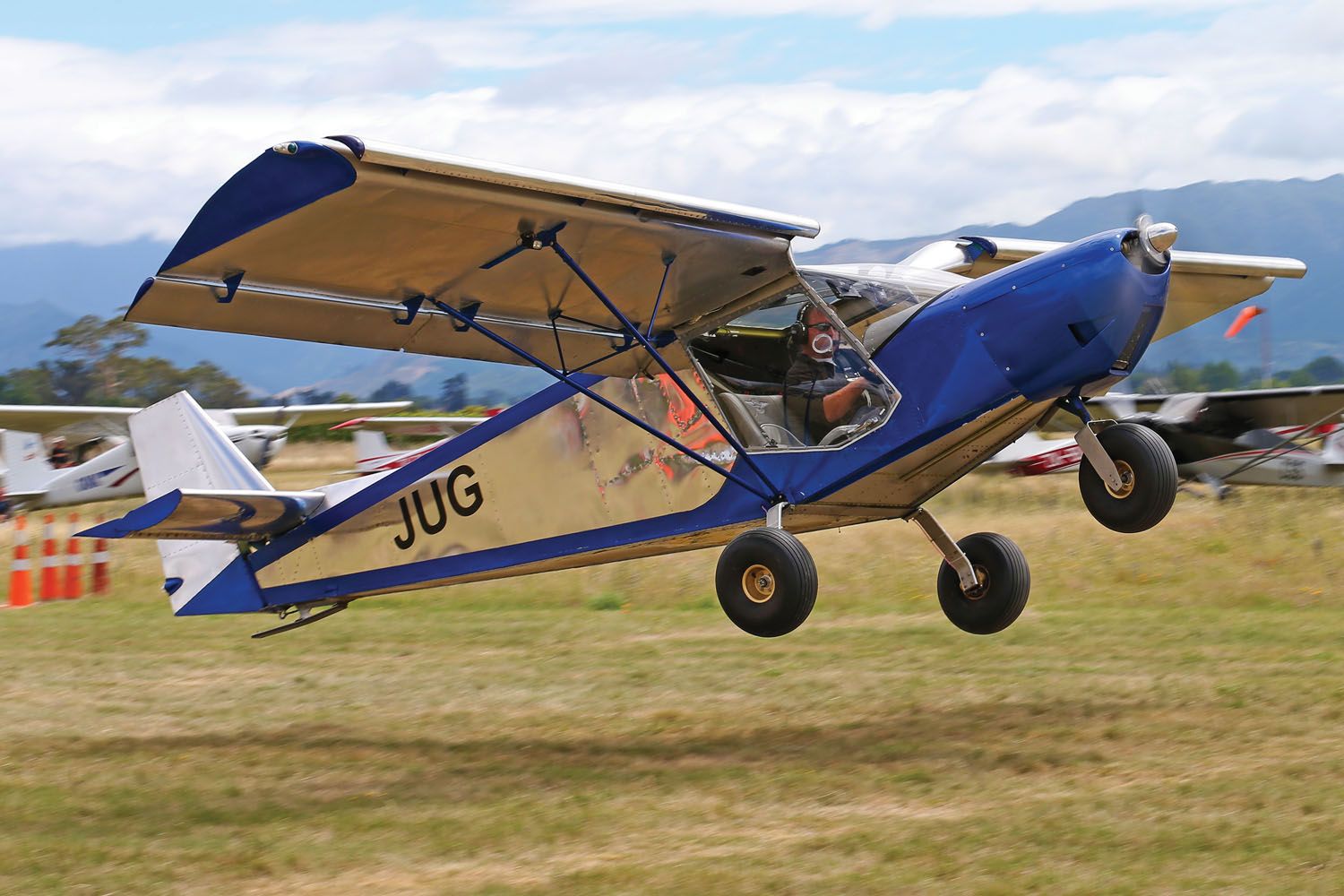 In the May 1995 issue, we called the Zenith STOL CH 701 “more than just a pretty face” as a tongue-in-cheek reference to its rather ungainly, but highly purposeful, appearance. First flown in 1986, the little CH 701 is a perfect example of form following function. Everything about it was designed for a specific purpose. When Chris Heintz laid down its lines, he was all about making it simple to build, easy to fly and rugged enough to hold up in the field.
In the May 1995 issue, we called the Zenith STOL CH 701 “more than just a pretty face” as a tongue-in-cheek reference to its rather ungainly, but highly purposeful, appearance. First flown in 1986, the little CH 701 is a perfect example of form following function. Everything about it was designed for a specific purpose. When Chris Heintz laid down its lines, he was all about making it simple to build, easy to fly and rugged enough to hold up in the field.
The nice part about looking for a secondhand STOL CH 701 (or the follow-on STOL CH 750 and its Cruzer and Super Duty versions) is that the original kit supplier is still around. Zenith continues to produce improved versions of the same product, so factory support is a given. After 35 years, there’s not a lot that isn’t known about the CH 701. Even if it is an Experimental aircraft, wherein each flying example is free to vary somewhat from its littermates, the underlying concept has proven sound.
As Zenith Aircraft president Sebastien Heintz says, “Popularity of the STOL CH 701 actually continues to grow over the years, mainly because it does what it was designed to do so well. We’ve seen a rise in the popularity of short takeoff and landing and bush airplanes lately. Not many of the more than 1000 STOL CH 701s flying today can be found at airports. Most are operated from short off-airport grass fields.”

History
After designing several low-wing two-seat sport airplanes, aeronautical engineer Chris Heintz applied his French and Canadian aerospace industry experience to a backcountry aircraft, optimized for short takeoff and landing performance and life in the bush, in compliance with Canada’s Advanced Ultralight design standards that he helped develop. His previous creations had been given the family name “Zenith” as an anagram of the letters in his name, and when Zenair, his Midland, Ontario-located company, expanded southward to a mid-U.S. base in Mexico, Missouri, in 1992, the STOL CH 701 kits started flowing from a modern Zenith Aircraft Company factory.
Not everything that looks like a STOL CH 701 has roots as a Zenith kit. Zenith still sells plans to scratch-build the airplane, so it’s possible for a builder to put together an aircraft from scrounged-up bits and pieces (although it would be much easier to buy at least some parts from the factory) if wanting to go it alone. A Czechoslovakian license-built version was produced for the European market from 1992 to 2006. In addition, there have been some knockoff CH 701 imitations built, always the mark of a successful design.
The earliest CH 701s had a single fuselage fuel tank and were powered by two-stroke Rotaxes, the 50-hp 503 or 64-hp 582, which were adequate for its gross weight of 960 pounds. It didn’t take long, of course, for builders to want more of everything, including the 80–100 hp Rotax 912 four-stroke engine, and the CH 701 SP was developed with 10-gallon wing tanks and a gross weight of 1100 pounds. The beefier STOL CH 750 came along in 2008 to take full advantage of the 1320-pound Light Sport Aircraft weight limit, with bigger doors, aft windows and a wider cabin; as an Experimental kitbuilt airplane, the CH 750’s gross weight can be as high as 1440 pounds.
Not everyone wants extreme STOL performance, so to optimize cross-country performance the CH 750 Cruzer version, introduced in 2013, did away with the leading-edge slats for a cleaner wing. It also uses smaller tires with wheel pants and has a redesigned tail. Lastly, returning to the extra-STOL roots, the latest CH 750 Super Duty scales up the lightweight CH 701/750 airframe to handle power from a four-cylinder Lycoming-style engine. Other features include heavier landing gear, a third seat in back, and the novel “Unpanel” movable glass instrument panel. The CH 750 SD grosses at 1900 pounds.
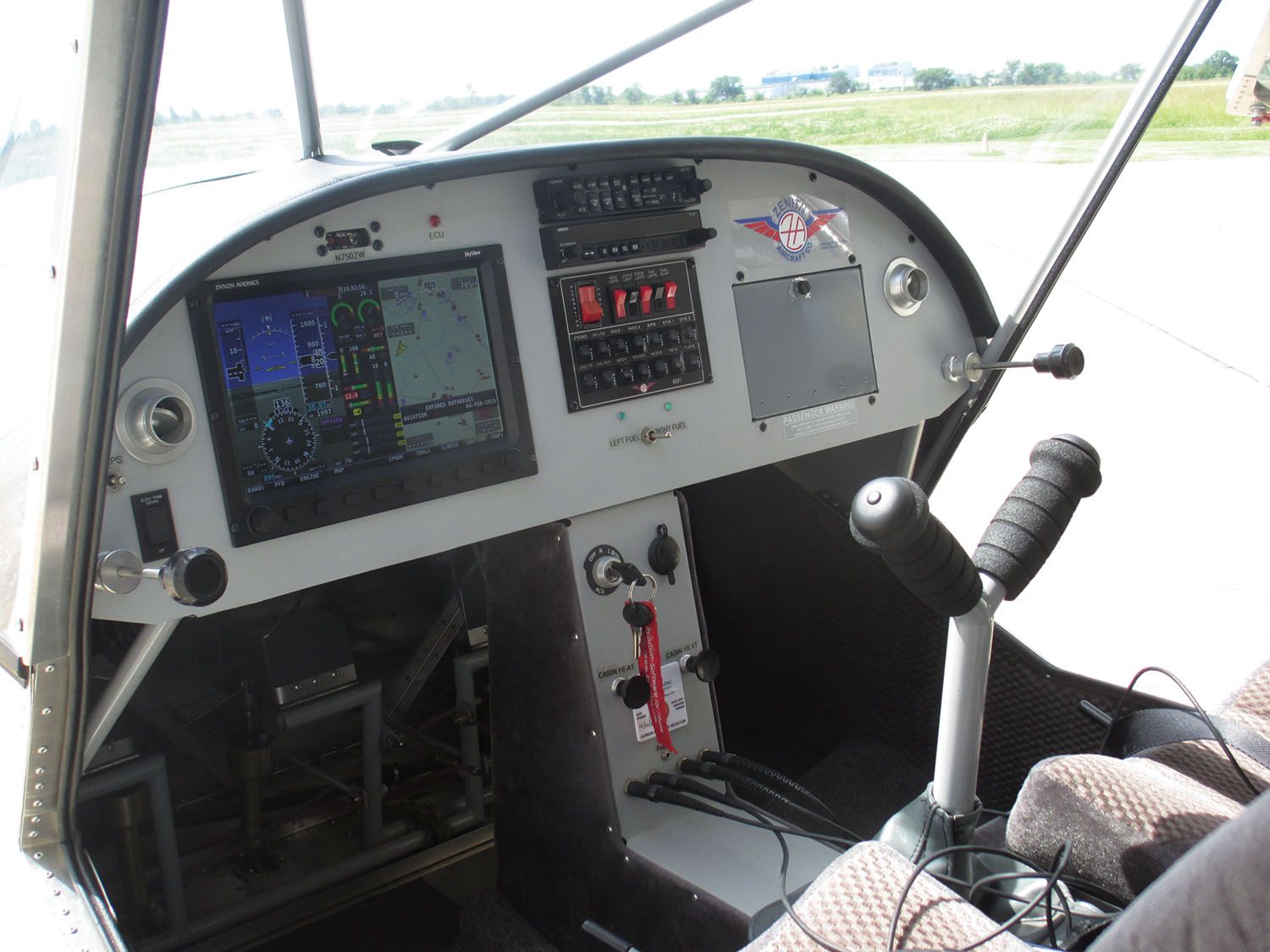
Design Details
Zenith Aircraft kits were always designed to be completed with common hand tools like aviation shears, pulled-rivet guns and electric drills. That criteria makes it possible to build the CH 701 from plans, if a hard-core builder wants to scrounge up sheet aluminum and form their own ribs. The lack of compound curves is evident to the onlooker, simplifying such construction.
Nearly every component of the STOL CH 701 is aimed at ultra-low-speed bush flying, including full-span flaperons, fixed leading-edge wing slats, effective controls and rugged, easy-to-repair structure. The airplane looks like it does for a reason. The kit’s content has matured greatly over 35 years, so later-built airplanes will benefit from CNC-cut and predrilled parts, and the availability of options like electric elevator trim.
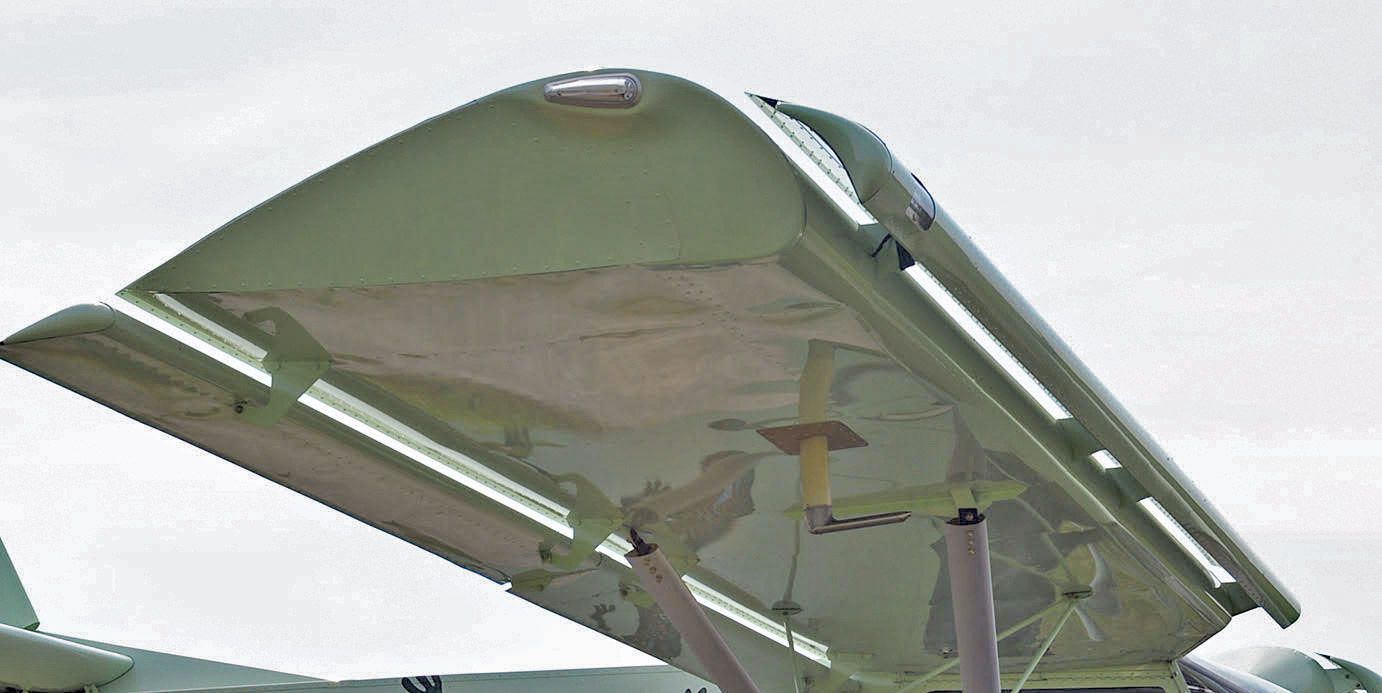
Heintz’s favorite construction medium is 6061-T6 aluminum, an alloy known for its corrosion resistance, with bits and pieces joined by thousands of aircraft-grade Avex pulled rivets. The CH 701’s fat high-lift wing section is mirrored by the reverse airfoil of the horizontal tail, giving it the “down lift” needed for low-speed effectiveness. The wing’s fixed slats, more or less invisible to the airflow at cruise, come into play at high angles of attack, joining the drooping offset flaperons for amazing feats of aerial legerdemain. The STOL CH 701’s quoted maximum lift coefficient is 3.10, very close to that of a Boeing airliner in landing configuration. A notched wing root enhances cockpit visibility. The Hoerner wingtips supposedly extend the effective span of the wing by 12 inches.
The CH 701’s rudder makes up most of the vertical tail, with only a vestigial dorsal fin ahead of the all-flying rudder. The aft fuselage lofts high enough to provide ground clearance while the wing is grabbing air during low-speed takeoffs and landings. Push-pull rods operate the flaperons, with cable systems employed for the rudder and elevator. The standard Chris Heintz central Y-shaped control yoke allows easier boarding and an unobstructed view of the panel, although conventional dual sticks are an option.
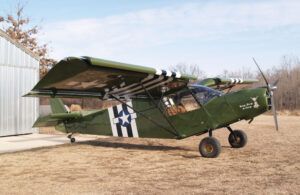
The landing gear is designed to take some off-road punishment; a stout one-piece aluminum spring is used for the main gear, and the steerable bungee-sprung nose gear strut carries a tire equal to the 16-inch mains. Although the tricycle gear works well and is by far the most prevalent, tailwheel gear is optional for those who insist, along with skis and Zenair-designed floats. The fuel system consists of two welded-aluminum wing tanks holding 10 gallons each; 12.5 gallon tanks are a later option.
The CH 701’s 40-inch-wide cockpit can be snug for two, with 40 pounds of baggage allowed on the shelf behind the seats. Domed door windows on some airplanes enhance cabin room and visibility. If you want more room, look for a CH 750. The doors were hinged at the front to fold forward 180° on a few early models, while the later top-hinged versions simply swing up under the wing. In the beginning the doors were straight, but soon took on a bowed shape to attain 40 inches of cockpit width.
What To Look For
When evaluating a used CH 701, it might be well to look for dings and damage accumulated in off-airport rough-field use by overly enthusiastic pilots. As Sebastien Heintz puts it, “Metal airplanes like the STOL CH 701 are great for inspections as you can’t easily hide structural damage. Sheet metal buckles, showing signs of overstress.”
If the airplane’s seen heavy service, the nose gear’s mounting attachment at the firewall should be looked at carefully for cracking. Loosened “smoking” rivets in the aft fuselage sides, while not structural, may need to be replaced. Because Experimental-category airplanes are each individual creations of the builder, you can expect variations to suit tastes, which may not equate to yours.
Other signs of abuse are non-symmetrical main gear appearance because the spring is bent and damage to the top longerons where the rudder hinge attaches, caused by dragging the tail from excessive rotation during takeoff and landing.
Engine Options
The CH 701 may have started out life as a very light personal bush plane using Rotax two-strokes, but the majority will be Rotax 912 powered, which turns it into a STOL tiger. That said, there have been a multitude of alternative engines installed in CH 701s, including those from Jabiru, ULPower, Viking and Valley Engineering, along with VW and Suzuki conversions. Chris Heintz’s basic criteria for the CH 701 is for engines of 65 to 100 hp, with an installed weight of up to 185 lbs. Stuffing in more power doesn’t get much more speed as the STOL-optimized airframe runs up against a wall of air no matter how much power is applied.
The 9-series Rotax engines are particularly well-suited for the CH 701, so attempting to save money and customize the airplane by using other powerplant options generally doesn’t wind up saving as much money as planned and takes up considerable time working out the details, even though Zenith offers mounts for popular alternative installations. For the used CH 701 shopper encountering a truly unique engine installation, don’t be tempted into taking a half-solved problem off someone’s hands. Hours flown trouble-free are the history you’re looking for.
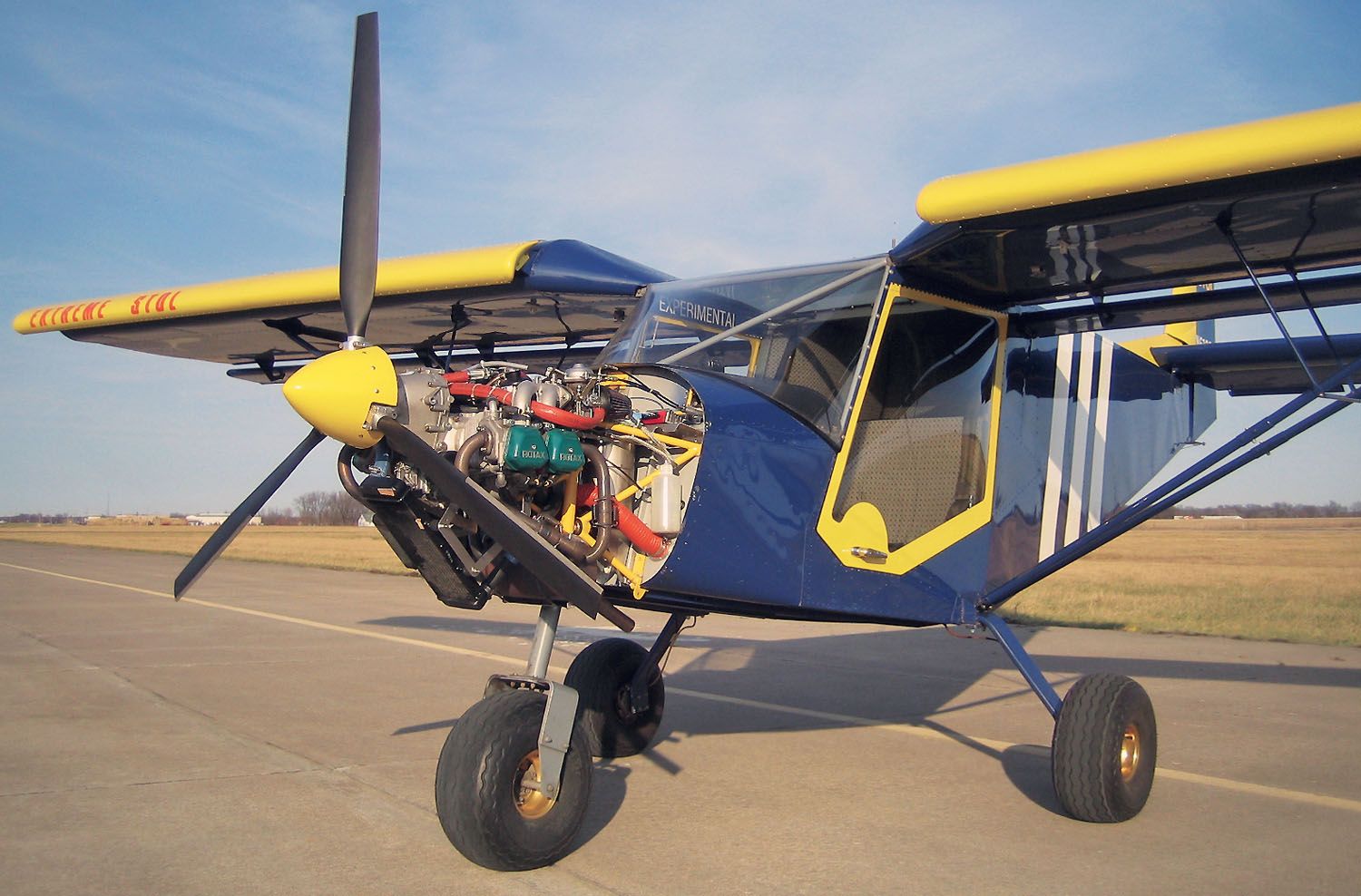
Performance and Handling
While long cross-country trips in a CH 701 are possible, its light wing loading (nine pounds per square foot) and 85-mph cruise speed mean that extensive travel isn’t its long suit. What it is uniquely suited for is popping in and out of small landing spaces with a light load of gear. Visibility is outstanding in every direction but above the wing, and dipping into a turn even cures that, thanks to the glass roof and scarfed wing root.
Ground handling is simple with the trike gear and direct-steering nosewheel, backed up with toe brakes. There’s some feedback in the pedals as you lumber over rough ground, but that’s to be expected with the simple linkage. Once warmed up and checked, you want to be sure you’re ready to fly, because when the throttle is opened the CH 701 is going be off the ground with the slightest aft pressure on the stick. Lowering the flaperons isn’t necessary. The specs show various takeoff rolls of 90 feet on pavement to 115 feet on grass, and they aren’t kidding. Using up a 200-foot gap between runway lights is not even trying. Once off, climbing at 50 mph or so will have you looking at the sky as the wing slats claw at the air. While the climb rate of 1200 fpm is impressive, it’s the angle of climb that really takes getting used to.
Cruising is mostly a matter of using whatever power setting you find comfortable. Top speed isn’t far off from what you’ll find at a quieter 4800 or 5000 rpm with the Rotax 912, normally 80 to 85 mph. The controls are light and responsive, other than some stiffness in the rudder circuit from the nose gear steering. The big flaperons generate a bit of adverse yaw, so you’ll need rudder input to accompany the stick movement.
Lowering the flaperons is allowed below 60 mph; trying to do it at a faster speed gives you a hand-delivered message that you need to slow down. Slow speed flight with the flaperons deployed is rather like tooling around in a helicopter. A benign stall can be expected in the low 30s (the pitot tube is unreliable at high angles), with a bit more break displayed at the stall when the flaperons are extended. For landing approaches a 50-mph target speed is a good beginning, until you get used to the rapid drag rise when power is reduced to idle in the flare. It’s easy to get stopped in a couple of hundred feet; the spec table shows an 80-foot rollout.
Resources
With such a large community of builders, there’s an abundant sharing of experiences on Facebook groups for builders and flyers of Zenith airplanes. Going to www.zenith.aero finds an active community of builders and pilots, eager to respond to postings and requests for help. And should a part be needed or a research question answered, Zenair Ltd. and Zenith Aircraft factory support is there.
Pricing
Much of the value of a flying homebuilt will be found in the instrument panel and engine, so there can be a wide variance depending on hours since overhaul and how extensive the avionics are. Full-boat STOL CH 750s might be priced at $75,000–$100,000 or more, while a very basic CH 701 with an off-brand engine might be found in the $30,000 range (caveat emptor). If taking over an uncompleted project, discount the “percentage finished” by half; that old adage of “90 percent done, 50 percent to go” still applies, especially when restarting the learning curve.
Summation
The Zenith STOL CH 701 occupies an almost unique niche in the world of light backcountry homebuilts, with its metal construction, three-decade history and ongoing kit production. And it’s a bunch of fun to fly.



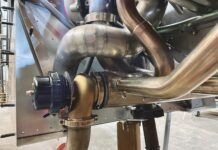
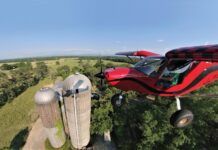
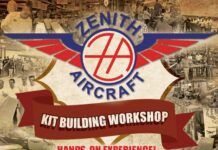
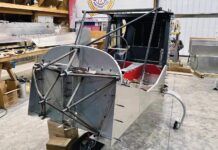
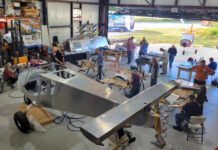
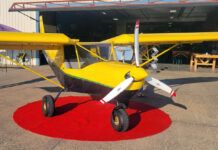
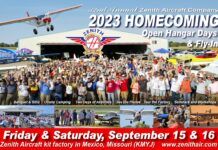
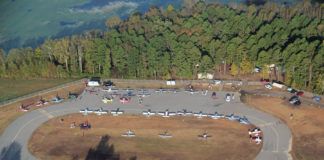
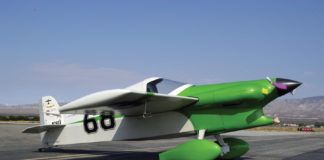
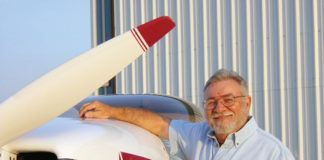
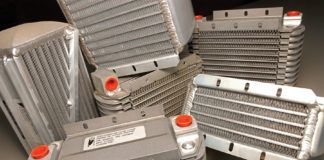
Hello on Deane Phillips article, he mentions a firmin Lakeland Fl. that will dismantle and do paperwork for International shipping.
May we get contact info on this company?
Thank you!
Jonathan Kennedy
[email protected]